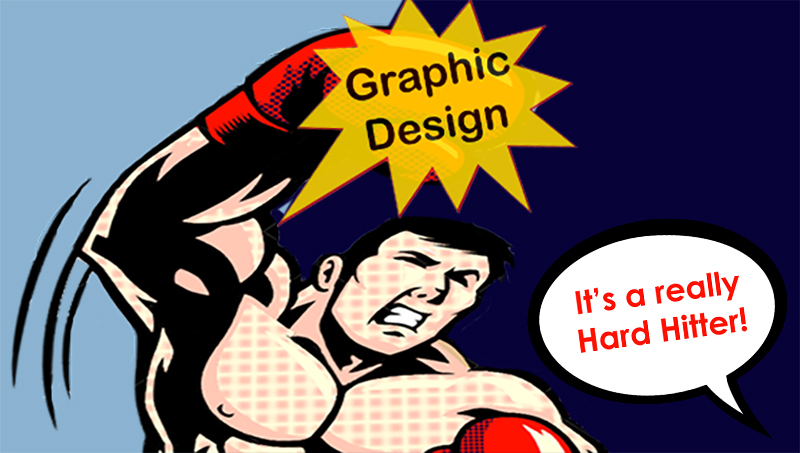Recommended Sites

In museums, graphic design also serves as a crystal goblet, framing one’s experiences with art. Signage, museum maps, gallery guides, exhibition graphics, object labels all exist to guide a patron’s experience and provide context for artwork. Traditionally, graphic design within museums is encouraged to be silent yet illuminating, setting a mood but standing clear of the spotlight for fear of overshadowing the work itself. Large infographics and attractive title walls are such examples, but those elements will most often be kept at a distance from the art itself.
A bit of a blurry space exists which both graphic design and art inhabit. The Museum of Modern Art established their collection of Architecture and Design as early as 1932 and has begun to acquire digital fonts as part of that collection. Like many other objects--for example, the Eames Lounge Chair--these digital fonts are commercial products that continue to be available through the manufacturer.
Other museums also include iconic pieces of graphic design in their collections. The Cooper-Hewitt National Design Museum has a curatorial department specifically named Drawing, Prints and Graphic Design, which includes 88 objects by the Modernist graphic designer Paul Rand, including letterheads, memo pads, and envelopes he designed for IBM (along with their now iconic logo). The Design Museum in London has posters, books, catalogues and brochures by Saul Bass, Stefan Sagmeister and Experimental Jetset (the latter two are still practicing graphic designers today).
In these opposing contexts, graphic design is a nebulous thing, moving seamlessly between your everyday experiences and the hallowed halls of a museum. It can exist within a museum as the art object, and at the same time provide context for said object (as an object label or exhibition brochure). Perhaps its fluid nature is why I find the discipline to be endlessly fascinating, and why many graphic designers--including myself--struggle to define what exactly their job is when questioned. Graphic design is surely a creative discipline, but even graphic designers can’t come to a consensus when asked if their discipline is art.
